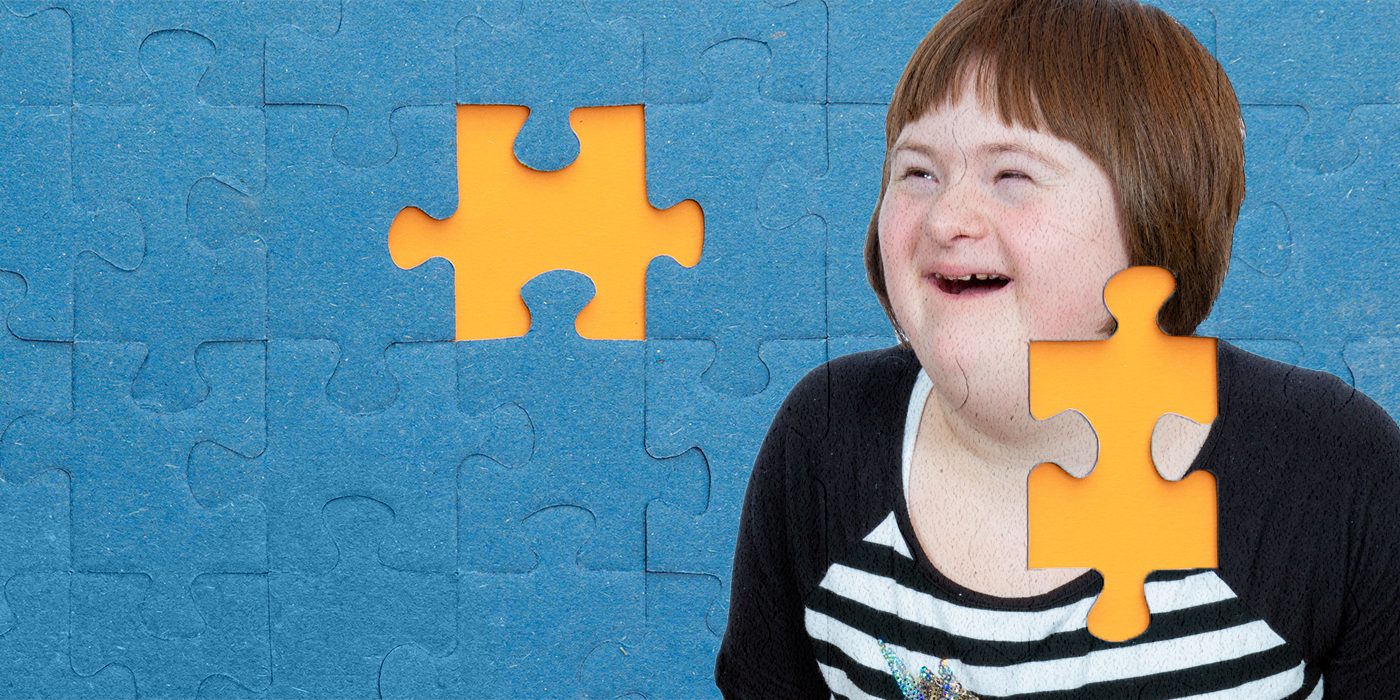Discovering Autism: Strategies for Reliable Communication and Communication
Reliable communication and communication with people on the autism spectrum necessitate a detailed understanding of their distinct requirements and preferences. Approaches such as using clear language, using visual supports, and cultivating regular routines can dramatically boost engagement and reduce anxiousness. In addition, recognizing the importance of non-verbal hints and shared interests leads the way for meaningful connections. The ins and outs of these methods expose further considerations that merit expedition, especially in exactly how they can be adapted to varied contexts and private experiences. What might these adaptations appear like in practice?
Recognizing Autism Range Problem
Autism Spectrum Disorder (ASD) includes a variety of neurodevelopmental conditions identified by challenges in social communication, interaction, and repeated habits. The term "range" shows the varied manifestations and varying degrees of extent experienced by people with ASD. While some might display significant impairments, others may present high-functioning traits, enabling for higher freedom in day-to-day life.
The start of ASD normally takes place in early childhood, with signs typically well-known by age 2. Very early signs may include delayed speech development, minimal eye contact, and troubles in recognizing social hints. The precise etiology of ASD remains unclear, research recommends a combination of genetic and environmental elements plays an essential role in its development.
As an outcome, interventions and assistance tailored to private requirements are essential for cultivating communication and social skills. Acknowledging the complexity of ASD is essential for advertising awareness, approval, and efficient methods that assist in significant communications with people on the range.
:max_bytes(150000):strip_icc()/autism-coping-4686275-v5-0ebcd414a35a481282d891a9d69d4bb9.png)
Relevance of Clear Interaction
Effective interaction is vital for fostering understanding and link, specifically for people with Autism Range Problem (ASD) Clear interaction not just helps with social interactions but likewise boosts the individual's capacity to express their emotions, thoughts, and needs. For individuals with ASD, the subtleties of language can frequently be challenging; as a result, utilizing straightforward and distinct language is crucial.
Furthermore, clear communication helps in reducing disappointment and anxiety that might develop from misunderstandings. When messages are communicated in a straight and regular fashion, individuals with ASD are better geared up to translate details precisely, which can considerably enhance their social engagement and participation in various setups.
Developing routines and utilizing aesthetic supports can further bolster clear interaction. These strategies offer individuals with foreseeable structures that assist comprehension and retention of info. Additionally, proactively paying attention and being individual during interactions promotes an encouraging environment where people with ASD really feel valued and understood.
Ultimately, focusing on clear interaction not just equips people with ASD yet likewise fosters even more significant connections with their peers, caretakers, and the larger neighborhood, leading the way for collective relationships and inclusive interactions. - autism
Non-Verbal Communication Methods
Interaction prolongs past words, and for people with Autism Spectrum Condition (ASD), non-verbal hints play a substantial duty in communications. Non-verbal communication strategies can include face expressions, gestures, body language, and eye call, all of which act as vital elements for communicating emotions and intents.
Recognizing and analyzing these non-verbal signals can enhance communications with individuals with ASD. A warm smile or open posture can develop a welcoming atmosphere, motivating interaction. Using aesthetic aids-- such as picture cards or symbols-- can link interaction voids and help communicate messages a lot more effectively.
It is additionally crucial to be mindful of personal room, as individuals with ASD may have various convenience levels regarding proximity. Observing their responses to physical closeness can educate proper modifications.

Producing Encouraging Atmospheres
Producing a helpful atmosphere is important for promoting favorable communications and improving the well-being of people with Autism Spectrum Disorder (ASD) Such settings can considerably lower stress and anxiety and create a feeling of safety, enabling people to share themselves extra easily.
To achieve this, it is vital to take into consideration sensory level of sensitivities that people with ASD may experience. Changing the physical area to include soft lighting, very little history noise, and comfortable seating can produce a soothing environment. Additionally, making use of regular regimens and clear visual schedules can help people anticipate transitions and reduce uncertainty, more advertising comfort.
Social spaces must be structured to minimize overwhelming stimulations while offering opportunities for interaction in recommended activities. Facilitating areas assigned for silent time can additionally serve as a haven during minutes of anxiety. Importantly, integrating elements of option encourages people, permitting them to exercise agency in their atmosphere.

Encouraging Social Interactions
Promoting social communications amongst people with Autism Spectrum Problem (ASD) calls for willful strategies that focus on convenience and interaction. Establishing foreseeable regimens can aid lower anxiety, making social setups more friendly. Producing organized atmospheres with specified duties and roles enables individuals to involve without the overwhelming pressure of disorganized social dynamics.
Including rate of interests and toughness right into social activities can act as a stimulant for interaction. As an example, organizing team tasks around shared pastimes or subjects of attraction can assist in all-natural discussions and connections. Additionally, using aesthetic assistances, such as social scripts or photographic schedules, can help in understanding social cues and expectations.
Modeling proper social behaviors is vital - autism. Peers and adults need to demonstrate reliable communication methods, consisting of energetic listening and turn-taking. Role-playing scenarios can also give a secure area for individuals to exercise these skills
Lastly, fostering peer partnerships through inclusive practices is essential. Encouraging comprehensive playdates or group outings can develop possibilities for socializing in a comfortable setup. By carrying out these caretakers, strategies and teachers can substantially improve social communications for individuals with ASD, promoting their total social development and wellness.
Verdict
In verdict, efficient communication and interaction techniques are necessary for sustaining people with Autism Spectrum Disorder. Emphasizing clear language, incorporating non-verbal hints, and developing foreseeable regimens dramatically improve interaction and decrease stress and anxiety. Developing supportive environments fosters safe social interactions, while motivating shared rate of interests helps with significant connections. check my blog Ultimately, these strategies encourage people with autism to navigate social landscapes, promoting their overall well-being and making it possible for the advancement of lasting partnerships.
Efficient interaction and interaction with people on the autism spectrum necessitate an extensive understanding of their unique demands and choices. Clear interaction not just assists in social interactions however also improves the person's capability to sites express their ideas, feelings, and needs.Fostering social communications among individuals with Autism Spectrum Disorder (ASD) calls for deliberate techniques that focus on comfort and involvement. By implementing these instructors, methods and caretakers can significantly boost social interactions for people with ASD, promoting their total social advancement and health.
In verdict, effective interaction and communication strategies are important for sustaining individuals with Autism Spectrum Disorder.